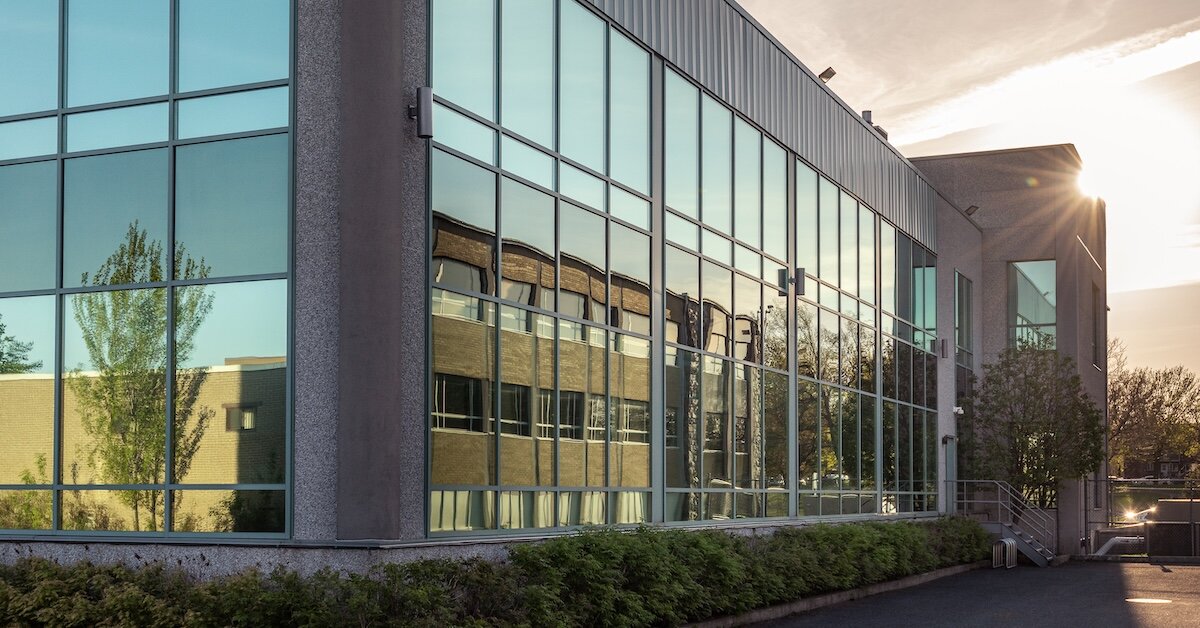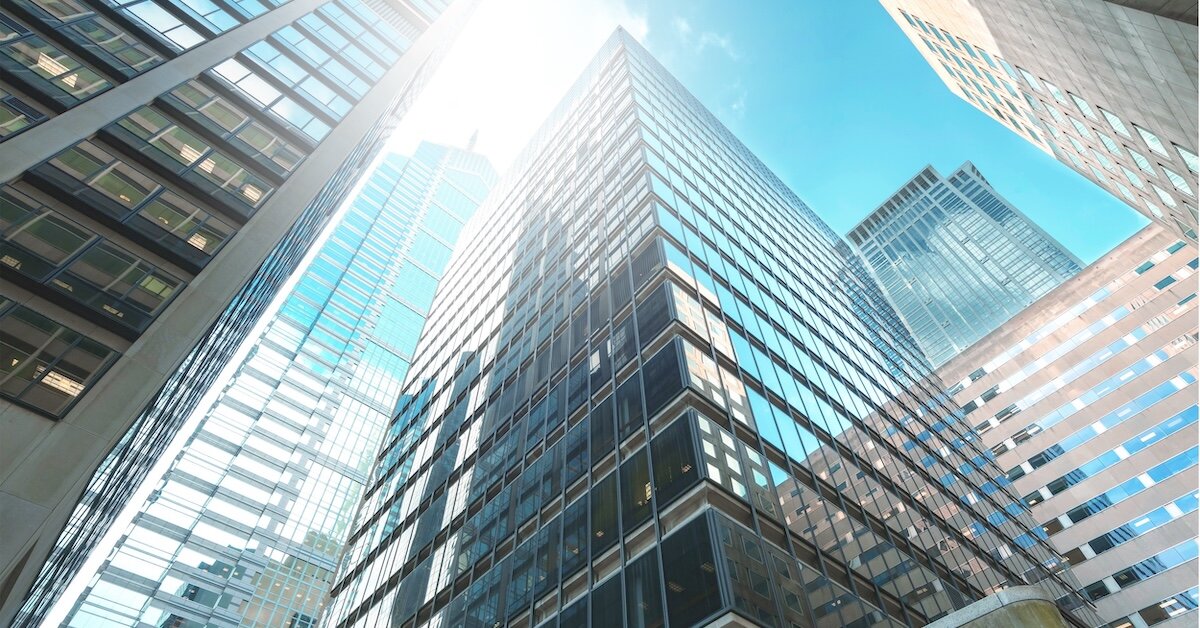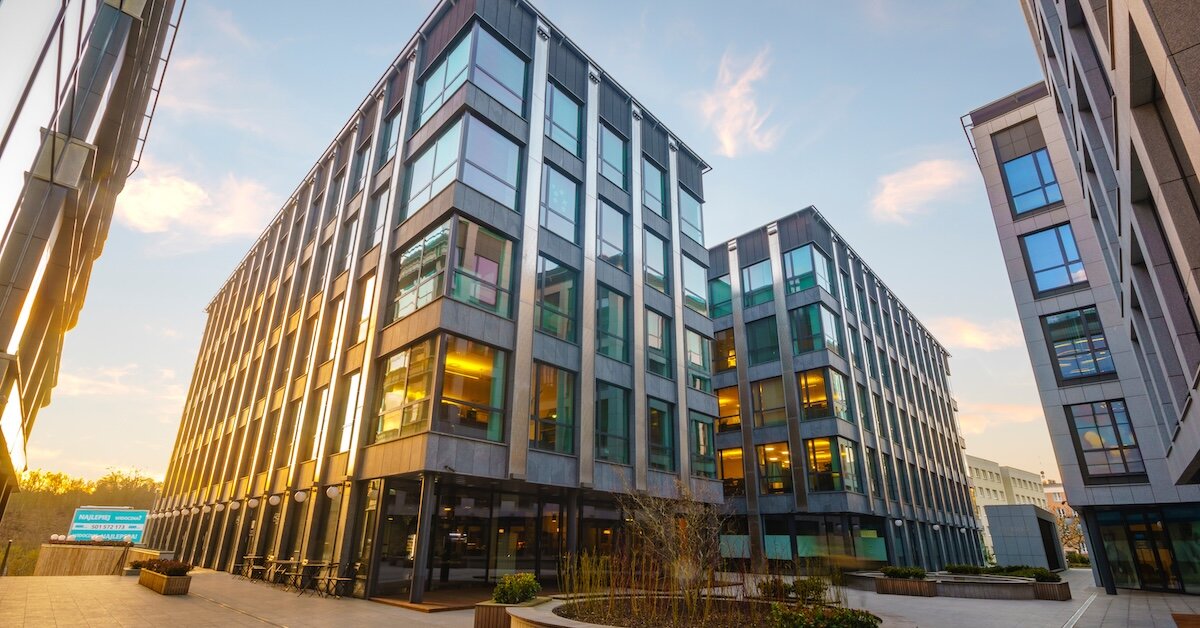Understanding Cap Rates and Their Importance in Real Estate


Investing in commercial real estate requires a sharp eye for metrics that really matter. One such tool is the cap rate, a concise measure that reveals a property’s income potential relative to its market value. Whether comparing different assets or evaluating a single opportunity, by using the cap rate formula, CRE investors can leverage a clear benchmark for assessing investment performance.
What is Cap Rate?
Cap rate, short for capitalization rate, is a foundational metric in commercial real estate that measures the annual income a property is expected to generate compared to its price. Essentially, it indicates the return you might expect from an investment without considering financing factors. Typically, higher cap rates suggest a property may offer more robust returns - albeit with increased risk - while lower cap rates usually signal a steadier, more secure investment.
By mastering the cap rate formula, CRE investors have a straightforward method for objectively evaluating and comparing different opportunities.
What is the Cap Rate Formula?
The formula for cap rate is simple:
Cap Rate = Net Operating Income (NOI) / Current Market Value
For example, if a property has an NOI of $250,000 and a market value of $5,000,000, its cap rate would be 5%.

How to Calculate Cap Rate
Step 1: Determine Net Operating Income (NOI)
NOI is the total annual income generated by the property, minus operating expenses (excluding mortgage payments). Typical expenses include:
- Property taxes
- Insurance
- Maintenance and repairs
- Utilities
- Property management fees
Example: A commercial property generates $300,000 in annual income and has $50,000 in expenses.
NOI = $300,000 - $50,000 = $250,000
Step 2: Identify the Property’s Current Market Value
Next, establish the property's market value. This can be determined using comparable sales (comps), appraisals, or broker price opinions (BPOs).
Example: Based on appraisal, the property has a current market value of $5,000,000.
Step 3: Apply the Cap Rate Formula
Finally, use the cap rate formula:
Cap Rate = NOI / Current Market Value
Using our example:
Cap Rate = $250,000 / $5,000,000 = 5%
Based on current conditions, the property would generate an annual return of 5%.

What is a Good Cap Rate in Commercial Real Estate?
Cap rates can differ based on property type, local market conditions, and an investor's risk tolerance. In a nutshell, here's what you can generally expect:
- Low cap rates (3-5%): These are typically seen in prime locations with stable, long-term tenants. They signal lower risk and steady, reliable returns.
- Medium cap rates (5-8%): These rates strike a balance between risk and reward, making them common in markets that are moderately stable.
- High cap rates (8% and above): Found mostly in emerging or distressed markets, these cap rates suggest higher potential returns - but they also come with increased risk.
For example, Class A office buildings in major cities like New York, San Francisco, and Los Angeles often have cap rates below 5% due to their strong tenant bases and prime locations.
In suburban or secondary markets, you might see cap rates in the 6-9% range, reflecting a bit more risk and the potential for higher returns. Industrial and retail properties can vary quite a bit, largely depending on the specifics of their location and tenant quality.
Ultimately, a "good" cap rate is relative, shaped by property type, location, market conditions, tenant quality, and your own investment goals.
Cap Rate vs. Other Real Estate Metrics
While the cap rate is a valuable tool, it’s just one piece of the investment puzzle. Many investors also consider other metrics to get a fuller picture of a property's performance:
- This metric digs into the details of financing and actual cash flow, offering insights that go beyond what the cap rate can show.
- Formula: Cash-on-Cash Return = Annual Pre-Tax Cash Flow / Total Cash Invested
- Example: If you put down $1 million on a property and it generates $80,000 in annual cash flow, your cash-on-cash return is 8%.
2. Internal Rate of Return (IRR)
- IRR factors in the time value of money, giving you a more dynamic view of an investment’s overall potential.
- For instance, even if a property shows a 5% cap rate, its IRR might reach 10% when you account for expected appreciation and rental increases.
Together, these metrics help you understand both the immediate and long-term performance of a property, ensuring that you’re making well-rounded investment decisions.

Factors That Impact Cap Rates
There are several different factors that play a role in shaping cap rates, helping investors balance potential returns with the inherent risks of different real estate investments:
1. Market Conditions
Cap rates naturally fluctuate with shifts in supply and demand, interest rates, and overall investor sentiment. For example, during an economic downturn, property values often drop, pushing cap rates higher.
2. Interest Rates
When interest rates rise, borrowing costs go up too. This means investors typically require higher returns - resulting in increased cap rates - to justify their investments.
3. Property Type & Condition
Different property types carry different risks. Multifamily properties usually have lower cap rates (around 4-6%) thanks to consistent tenant demand, while retail and office spaces may see higher cap rates (6-9%) due to the greater risk of vacancies.
4. Location
Location is critical. Prime properties in major metro areas tend to have lower cap rates because they offer stability, whereas properties in secondary or tertiary markets often come with higher cap rates to reflect increased risk.
5. Lease Terms & Tenant Quality
Properties with long-term leases to creditworthy tenants, such as Amazon or Walmart, typically command lower cap rates, as these arrangements provide more predictable income and lower risk.

Using Cap Rate for Investment Decisions
Investors use cap rates as a quick and effective way to assess a property's value and compare different opportunities. Here’s how:
Valuing a Property
Imagine you’re looking at industrial properties in a market where the average cap rate is around 6%. If you expect a property to generate a net operating income (NOI) of $400,000, you can estimate its value by dividing that income by the cap rate. In this case, $400,000 divided by 0.06 gives you an estimated property value of about $6.67 million. This simple calculation offers a snapshot of the property's potential worth based solely on its income.
Comparing Investments
Cap rates also help you compare different properties at a glance. For example, if Property A has a 5% cap rate and Property B has an 8% cap rate, the higher cap rate on Property B might suggest a better return. However, it could also mean the investment carries more risk. By considering these figures, you can balance potential returns with the level of risk you're willing to take on.

Make Smart Decisions with Cap Rates
Understanding cap rates is a crucial step toward unlocking smarter investment decisions. While they don't capture every aspect of a property's performance, when combined with other metrics, cap rates offer a useful perspective on potential returns and risks. With the cap rate formula in your investor toolbox, you'll be better equipped to spot promising opportunities and build a more resilient real estate portfolio.
Discover comprehensive market insights, including historical cap rate data, using Crexi Intelligence – learn more here for smarter investing.









